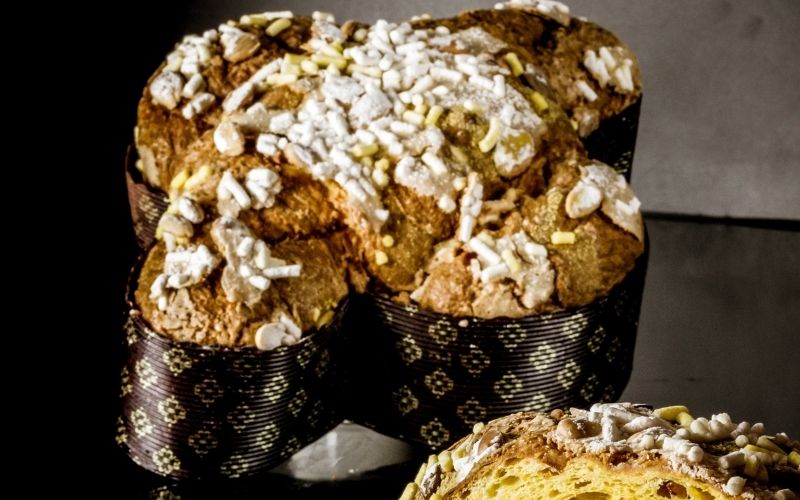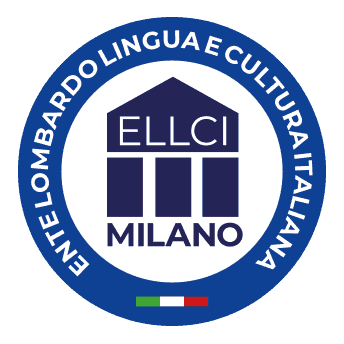
07 Apr
Italian Easter Traditions and Food
Each religious festival has its typical dishes linked to symbolic and cultural meanings, today we discover the story of the Easter dove.
Colomba is a soft and leavened dessert, with candied fruit and a crunchy coating of icing and almonds. Its peculiarity is precisely the shape that represents a dove, a symbol of peace and salvation.
The white dove with an olive branch in its beak has always been associated with Easter. This image appears for the first time in Genesis: at the end of the universal flood, it was a white dove that brought an olive branch to Noah on the ark which meant the lowering of the waters and therefore the restoration of peace and salvation.
Italian Easter traditions are different in each Italian region, but the Colomba is the most commercially widespread throughout Italy.
Many legends have flourished around the Easter dove. Let’s see them together and then discover the true story of the Easter dove.
The story of Italy’s Easter Cake

According to tradition, the Easter dove is a Lombard cake that dates back to the Lombard period.
It is in Lombardy that all the legends that speak of it are set, especially in the Pavia area and involve Longobard saints, miracles, wars, queens and kings.
The siege of Alboin
In 572, Pavia had been under siege by King Alboin for three years. When the barbarians were about to enter the city, legend has it that the Pavesi gave them sweets in the shape of a dove. This gesture of reconciliation was very welcome by the invaders, so much so that, according to legend, they avoided plundering the city and indeed made Pavia the capital of the newborn kingdom.
Queen Theodolinda and San Colombano
Around 610, the court of Queen Teodolinda of the Lombards hosted San Colombano with a group of Irish pilgrims during the period of Lent. The sovereign offered her guests dishes of meat and game, but San Colombano at that time was observing Lent, which typically includes fasting and other forms of penance. In order not to offend his guests, when the saint blessed the dishes, he transformed the meat into loaves in the shape of a dove.
The battle of Legnano
The battle of Legnano in 1176 is famous for the victory of the Communes of the Lombard League over the Germanic Emperor Federico Barbarossa. It is said that two doves alighted on the banners of the League. Interpreting this scene as a symbol of courage, a leader had loaves made in the shape of a dove to prepare men for battle.
The link with Christmas
These legends are a clear indication of the existence of Easter cakes in the shape of a dove already in ancient times. The Easter cake as we know it today, however, has much more recent origins. It’s the 1930s: Turin celebrates with the Easter egg, a recently invented chocolate egg-shaped cake.
The artist and advertiser Dino Villani has the intuition of reusing specific Motta machines to produce panettone, the Milanese Christmas cake, to create a very similar dough to be marketed during the Easter period. A dove-shaped mold was chosen for the spring dessert. Thus it was that the Easter dove was marketed throughout Italy.
Focaccia or Venetian dessert?
A version of the dove cake also exists in Veneto. Since the time of the Serenissima, the fugassa or focaccia indicates sweet preparations. There is also a variant of the fugassa in the shape of a dove, with a glaze of almonds, ermelline hazelnuts, and granulated sugar.
The “dove” version seems to have been known in Verona since the end of the nineteenth century. This demonstrates that, even before large-scale commercialization, dove-shaped sweets were already known and loved in Italy and have been part of the Italian Easter traditions for a long time.
–
